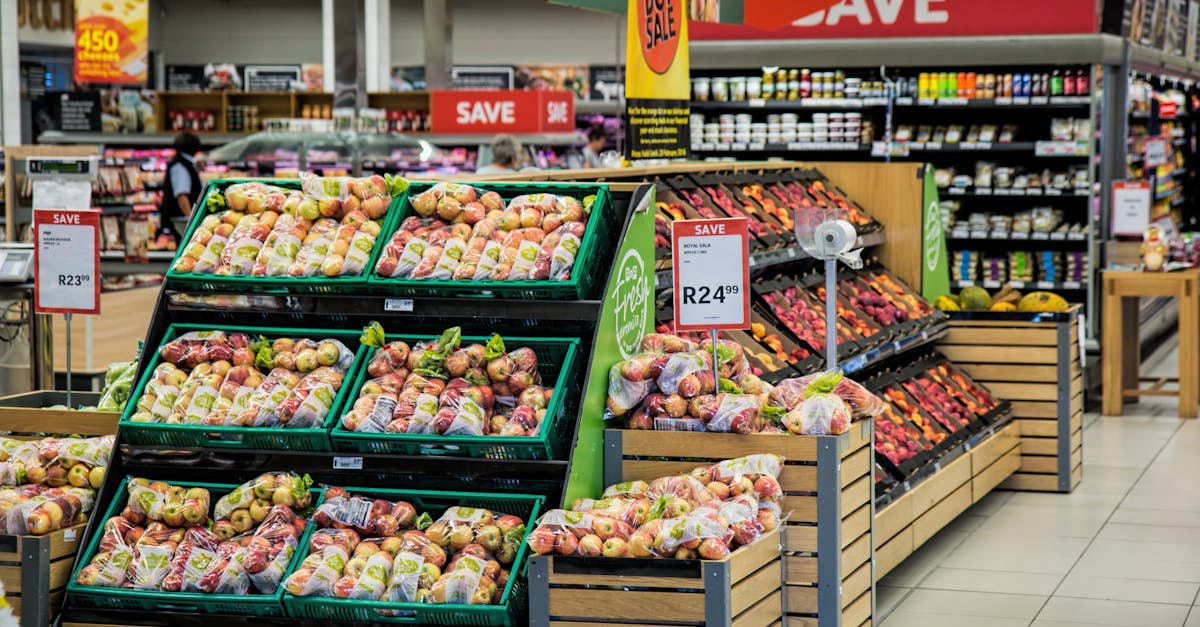
Table Of Contents
Using Strong Calls to Action
Strong calls to action (CTAs) are essential for guiding users toward desired outcomes on your website. Effective CTAs not only capture attention but also create a sense of urgency or appeal to emotion. By employing action-oriented language and clearly defining the next steps, marketers can significantly enhance user engagement. Incorporating CTAs within Pay-Per-Click (PPC) Advertising campaigns can lead to higher conversion rates, as they encourage potential customers to take immediate action after clicking through from ads.
To maximise the effectiveness of CTAs, positioning and visual elements play crucial roles. Placing CTAs in prominent locations such as above the fold or at the end of engaging content can make a significant difference. Additionally, using contrasting colours ensures that the CTAs stand out. Testing different styles and wording through A/B testing helps pinpoint what resonates with your audience, optimising CTA performance over time. A well-crafted CTA not only drives traffic but also fosters better interaction with the content, further enhancing the overall user experience on the site.
Crafting CTAs that Drive Engagement
Creating effective calls to action (CTAs) involves using persuasive language that resonates with the audience. Highlighting benefits can increase engagement, making it clear what users will gain by clicking on the link. Action-oriented verbs help to create urgency and inspire readers to act immediately. For example, phrases like “Get started now” or “Discover your options” encourage users to proceed without hesitation. Including elements that create a sense of exclusivity can also boost interest, enticing users to feel they are part of a select group.
In the realm of Pay-Per-Click (PPC) Advertising, CTAs can significantly influence campaign performance. A/B testing different versions of CTAs allows marketers to identify which phrases and designs yield the highest click-through rates. The placement of a CTA is equally important; it should be prominent without being intrusive. Utilising colourful buttons and contrasting text can capture attention. Overall, an engaging CTA not only prompts immediate action but also aligns with the broader marketing strategy, enhancing user experience across the board.
Analysing Audience Behaviour
Understanding audience behaviour is crucial for optimising click-through rates (CTR). By analysing how users interact with content, marketers can identify patterns that speak to their preferences. This insight helps in tailoring messaging and offers that resonate more effectively. For instance, examining which calls to action lead to higher engagement can provide clear indicators of what works. Testing different variations can refine approaches and enhance overall engagement.
Pay-Per-Click (PPC) Advertising also plays a significant role in shaping audience behaviour. By monitoring the performance of ads and their respective click-through rates, marketers can adapt strategies in real-time. This involves analysing which keywords attract attention and generate clicks, as well as how different audience segments respond to various campaigns. Understanding these dynamics contributes not only to improving CTR but also to fostering longer-term customer relationships.
Tools for Understanding User Interactions
Understanding user interactions is pivotal for enhancing click-through rates (CTR). Various tools can provide insights into how users navigate through a website, revealing patterns in behaviour and preferences. Services like Google Analytics track user engagement, allowing marketers to see which sections draw attention and which are neglected. Heatmapping tools illustrate areas of high engagement, showcasing where users click and scroll most frequently. These insights can inform strategies to optimise content and layout.
In conjunction with behavioural analysis, Pay-Per-Click (PPC) Advertising platforms offer valuable data on how users respond to ads. Monitoring metrics such as click rates and conversion rates helps in identifying which messages resonate effectively with the target audience. A/B testing features within PPC tools enable the comparison of different ad variations, revealing what prompts users to take action. Leveraging these insights allows for continuous refinement of marketing strategies and a better understanding of audience preferences.
Improving Page Load Speed
Page load speed plays a crucial role in user experience and can significantly impact click-through rates. A slow-loading website may frustrate users, causing them to abandon their search for information or products. This is particularly relevant for businesses relying on Pay-Per-Click (PPC) Advertising to attract potential customers. If the landing pages from these ads take too long to load, the initial interest generated by the ads quickly wanes, leading to lost opportunities and wasted advertising dollars.
Optimising page load speed involves various techniques, such as minimising file sizes, leveraging browser caching, and using content delivery networks. Implementing these strategies not only improves user satisfaction but can also enhance search engine rankings. Fast-loading pages are favoured by search engines, which can increase visibility and encourage more organic traffic. Businesses should see page speed optimisation as an integral part of their online strategy, especially when utilising paid advertising methods like PPC.
Impact of Speed on User Experience
Page load speed significantly impacts user experience, influencing whether visitors remain on a site or bounce to competitors. Users have little patience for sluggish websites; a delay of even a second can lead to higher abandonment rates. This effect is particularly crucial for Pay-Per-Click (PPC) Advertising campaigns, where advertisers invest in capturing attention. A fast-loading page ensures that potential customers can engage with content promptly, increasing the likelihood of conversions.
Moreover, speed affects search engine optimisation (SEO) ranking, which is vital for organic traffic in addition to PPC efforts. Websites that load quickly are favoured by search engines, leading to better visibility in search results. A seamless experience encourages users to explore further, enhancing their interactions with the brand. Optimal page speed not only retains visitors but can also influence overall success in digital marketing strategies.
FAQS
What is CTR and why is it important?
CTR, or Click-Through Rate, is the percentage of users who click on a particular link compared to the total number of users who view the page or ad. It’s important because a higher CTR typically indicates that your content is engaging and relevant to your audience, which can lead to increased conversions and better overall performance of your marketing efforts.
How can strong calls to action improve my CTR?
Strong calls to action (CTAs) can significantly improve your CTR by clearly guiding users on what to do next. Effective CTAs are concise, compelling, and align closely with user intent, making it easier for visitors to understand the value of clicking through.
What tools can I use to analyse audience behaviour?
There are several tools available to analyse audience behaviour, including Google Analytics, Hotjar, and Crazy Egg. These tools can help you understand user interactions, track page performance, and identify areas for improvement to enhance your CTR.
How does page load speed affect CTR?
Page load speed has a direct impact on user experience; slower loading times can lead to higher bounce rates and lower engagement. If a page takes too long to load, users are more likely to leave without clicking, resulting in a decreased CTR. Optimising load speed can help retain users and encourage clicks.
What strategies can I implement to craft effective CTAs?
To craft effective CTAs, focus on using action-oriented language, creating a sense of urgency, and making the CTA visually stand out on the page. Additionally, testing different variations and placements of CTAs can help you identify what resonates best with your audience.

















































